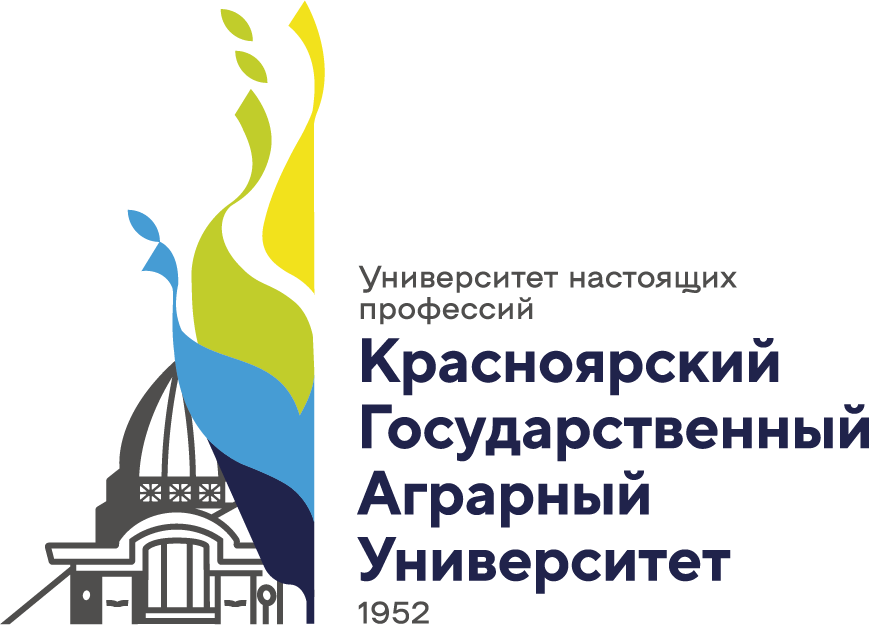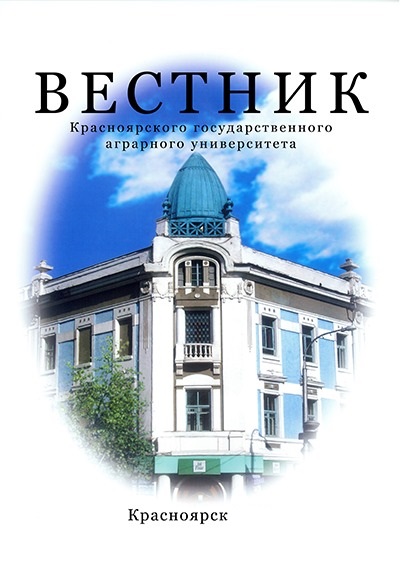The development of new methods and technol-ogies of receiving foodstuff of functional purpose is one of priorities of state policy in the field of healthy nutrition. The researchers were directed to studying of structure and properties of non-traditional vege-table raw materials non-waste technology devel-opment of innovative food products functional ori-entation in the wet and dried form. As a result of researches mathematical dependences of parame-ters of technological process of receiving soybean-ferny paste were established: the mass fraction of the composition 5 % water solution of ascorbic and amber acids of 12 %; the duration of structure for-mation of the coagulate is 5 minutes, at the opti-mum temperature of 67 °С; granulated concen-trates with a durability of granules of 97 %; initial moisture of the pellets is 42 %; drying temperature of formed granules equal to 64° C; the duration of their drying is 60 minutes. Food products obtained by developed technology, in their composition con-tain a significant amount of protein, fat, vitamins C and E, minerals, in particular calcium, phosphorus, copper, and also amber acid and nutritional fiber. The availability of these irreplaceable nutrients in the quantity providing more than 15 % of daily need for them allows to carry the foodstuff received on developed technology to group of products of func-tional purpose and to recommend them for use in domestic and public catering at the deficiency of protein, vitamins and mineral substances. Innova-tive functional food products can be produced in accordance with developed technical documenta-tion on standard equipment of food and processing enterprises.
soybean, fern, protein-vitamin-mineral suspension, concentrate, protein and car-bohydratic granulate, technology
1. Sergienko I.V., Kucova A.E., Kucov S.V. Innovacionno-tehnologicheskie resheniya v sozdanii funkcional'nyh produktov pita-niya // Vestnik VGUIT. - 2015. - № 2. - S. 126-129.
2. Skripko O.V. Ispol'zovanie soi i dal'ne-vostochnyh dikorosov v tehnologii funkci-onal'nyh produktov // Razvitie sovremen-noy nauki: teoreticheskie i prikladnye as-pekty: sb. st. - Perm': IP Sigitov T.M., 2016. - S. 51-52.
3. Petibskaya V.S. Soya: himicheskiy sostav i ispol'zovanie / pod red. akad. V.M. Lukom-ca. - Maykop: Poligraf-YuG, 2012. - 432 s.
4. Prokopenko S.T., Shalisko I.V. Sovremen-nye aspekty ispol'zovaniya dikorastuschego syr'ya v kachestve produktov pitaniya na primere paporotnika-orlyaka // Tehnika - tehnologicheskie problemy servisa. - 2013. № 3 (25). - S. 69-74.
5. Hrapko O.V. Dal'nevostochnye paporotni-ki: vozmozhnost' ispol'zovaniya // Byul. Bo-tan. sada In-ta DVO RAN. - 2007. Vyp. 1. S. 81-87.
6. Tipsina N.N., Mel'nikova E.V. Ispol'zo-vanie poroshka paporotnika v proizvodstve pesochnogo pechen'ya i biskvitnogo polufab-rikata // Vestnik KrasGAU. - 2014. № 12. - S. 219-224.
7. Kondrashova M.I. Yantarnaya kislota - is-tochnik energii v organizme // Norma-press. - 1991. № 9. - S. 17-19.










